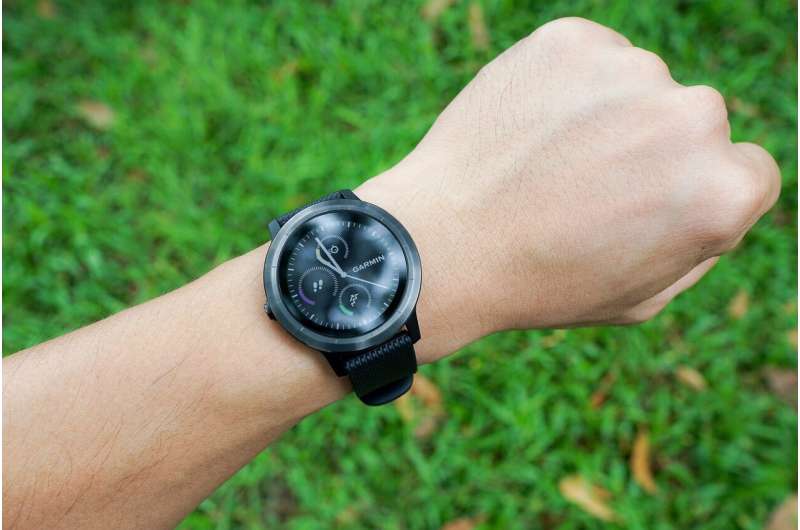Weekend Warrior Exercise Routines Help Lower Mortality Risk in People with Diabetes

A new study reveals that 'weekend warrior' exercise routines can significantly reduce the risk of early death and heart disease in individuals with diabetes, highlighting the benefits of flexible physical activity patterns.
Engaging in specific workout patterns such as the 'weekend warrior' approach, where individuals complete their weekly exercise in one or two sessions, can significantly decrease the risk of premature death among people with diabetes. A comprehensive study examining nearly 52,000 individuals from the U.S. National Health Interview Survey between 1997 and 2018 found that those who adopted this exercise style were 21% less likely to die prematurely from any cause compared to those who did not exercise regularly. Furthermore, the risk of death from heart disease was reduced by 33% in this group.
The research, led by Zhiyuan Wu from Harvard T.H. Chan School of Public Health, highlights that flexible physical activity routines can be particularly beneficial for diabetics, as they tend to improve insulin sensitivity and glycemic control. Traditional guidelines recommend at least 150 minutes of moderate exercise weekly, such as brisk walking, cycling slowly, or engaging in active hobbies. However, many individuals face barriers like time constraints that hinder regular exercise.
To address this challenge, the study suggests that consolidating exercise into fewer, longer sessions can be an effective alternative. Interestingly, participants who fulfilled the exercise guidelines through three or more shorter workouts weekly also showed reduced risks—17% lower for overall mortality and 19% for cardiovascular death.
This observational study demonstrates the potential benefits of flexible exercise patterns but emphasizes that it cannot establish a direct causal relationship. The researchers advocate for further investigation into people's overall daily activity, including physical activity during work or commuting.
The findings support the idea that adapting exercise routines to fit individual lifestyles can still lead to vital health benefits for those managing diabetes. For more insights, read the full study in the Annals of Internal Medicine. Source: MedicalXpress.
Stay Updated with Mia's Feed
Get the latest health & wellness insights delivered straight to your inbox.
Related Articles
Using Wearable Fitness Trackers Significantly Boosts Workout Adherence: Insights from Recent Research
Recent research shows that wearable fitness devices significantly increase long-term workout adherence, especially when combined with remote coaching, aiding effective health management for conditions like type 2 diabetes.
Enhancing Longevity by Increasing Walking Speed: Experts Highlight Benefits
New research highlights that walking at a brisk pace for just 15 minutes daily can significantly reduce mortality risk, especially in underserved populations. Learn how increasing walking speed can enhance cardiovascular health and longevity.
How AI-Powered Motion Capture Is Revolutionizing Sports and Exercise Science
Discover how AI-driven markerless motion capture is transforming sports performance analysis by offering accessible, real-time, and accurate movement tracking outside traditional lab settings.
Reconnecting with Exercise During Cancer Treatment
Discover the importance of exercise during and after cancer treatment. Learn how moderate physical activity can improve strength, mental health, and reduce recurrence risk for cancer survivors.



